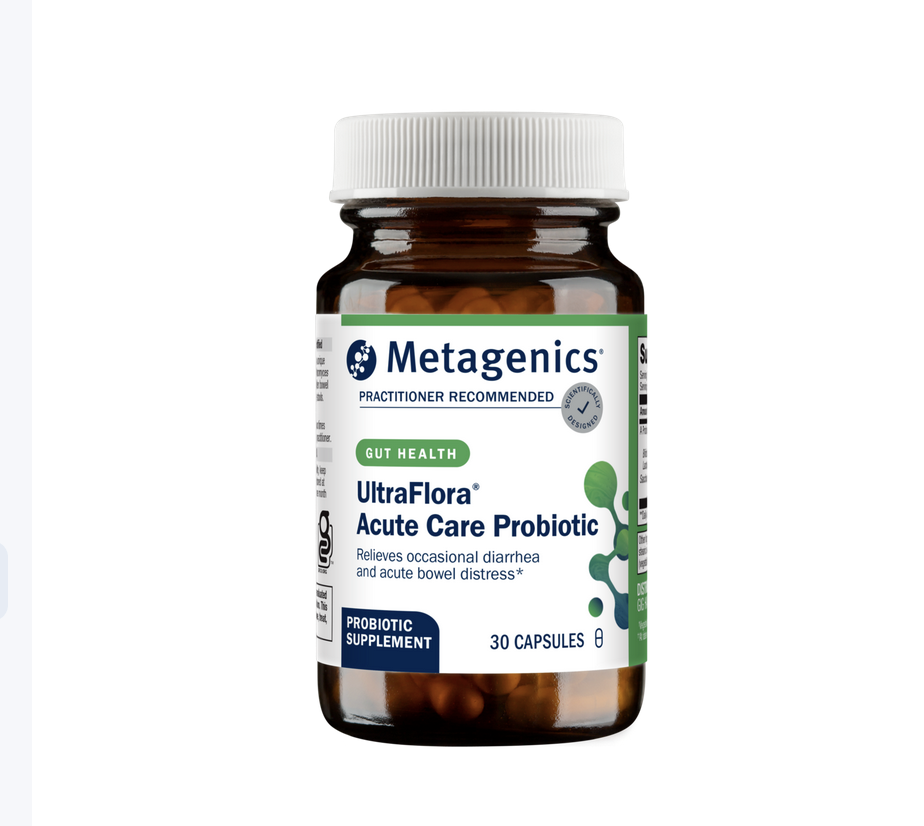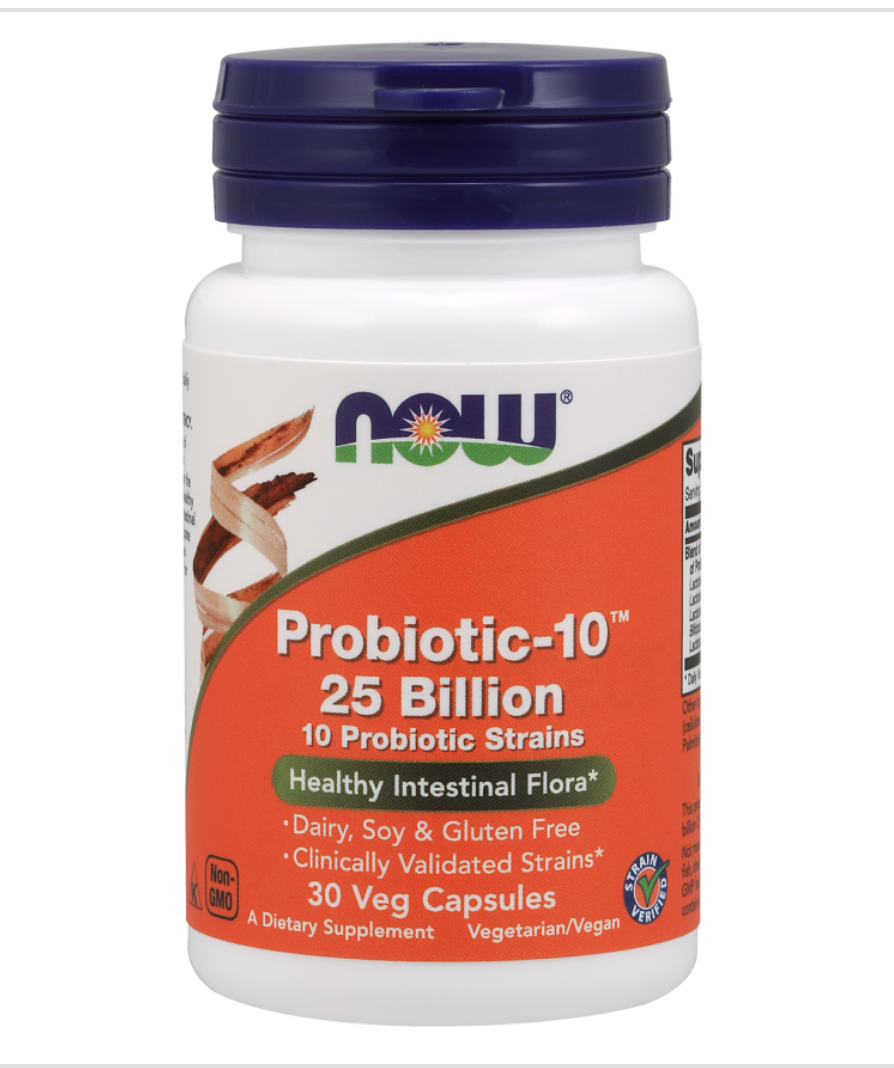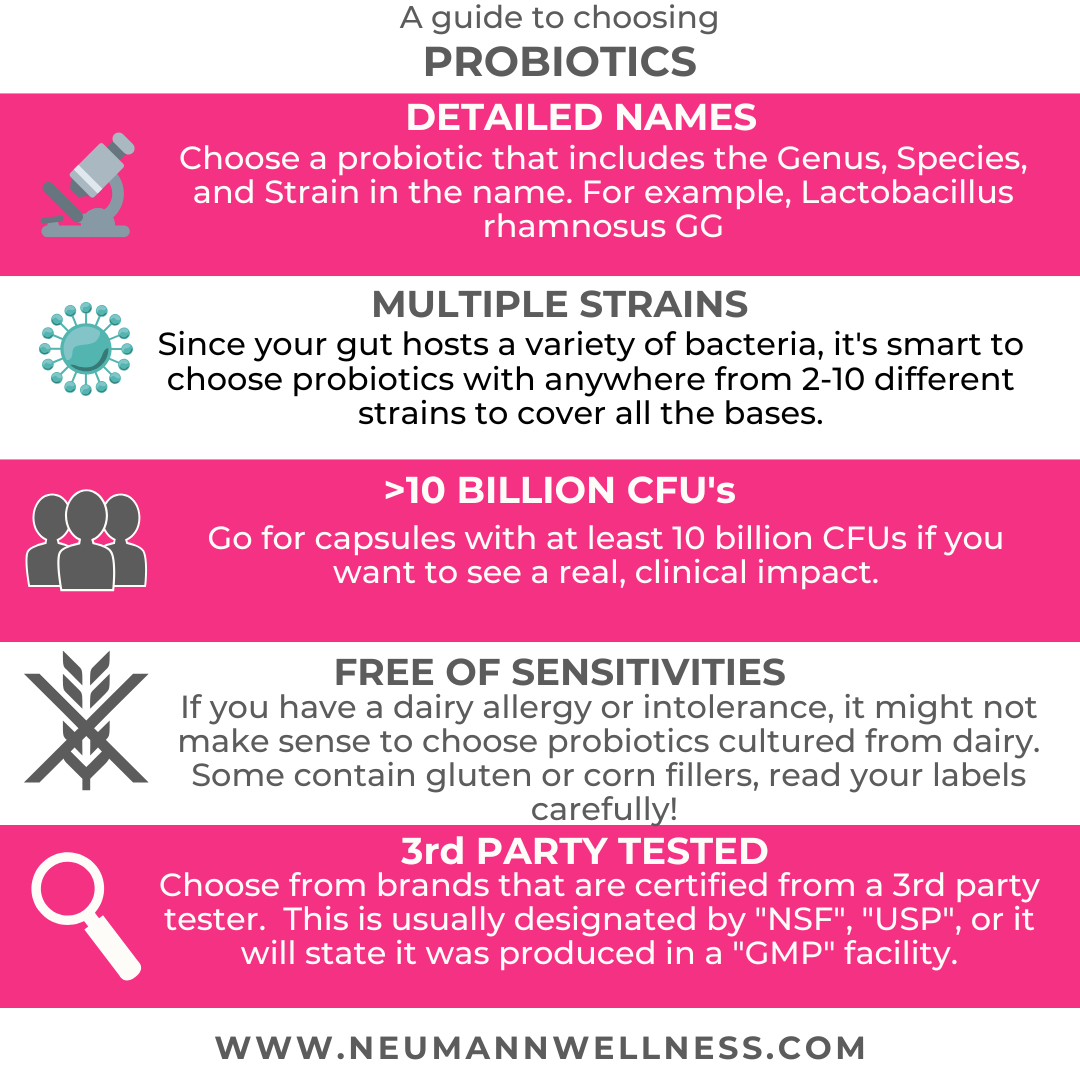
Gut Check: Why Probiotics Are Suddenly the Hero You Didn’t Know You Needed
So, you’ve heard the buzz about probiotics—they’re being hyped up for everything from calming your IBS to lowering your cholesterol. But are they really the magic cure-all? Let’s break it down.
According to the World Health Organization, probiotics are “live microorganisms, when administered in adequate amounts, confer a health benefit on the host.” In simple terms, they’re the good guys for your gut.
If your gut’s been causing you grief—whether it’s stomach pain, bloating, gas, constipation, or diarrhea—then it might be time to restore your gut’s healthy microbes. Here’s the deal: most people struggling with gut issues are dealing with something called “dysbiosis.” It’s just a fancy way of saying your gut is overrun by bad bacteria and starving for the good stuff.
To fix this gut imbalance, one strategy is to populate your gut with high doses of healthy bacteria. Probiotics are the go-to tool for this, and it’s something I always recommend to my clients.
When it comes to probiotics vs. fermented foods, fermented foods actually pack a bigger punch in terms of dose and variety—but if you’re after a clinical dose of specific strains, then high-dose probiotics are your go-to.
Let’s dive into how to supercharge your gut health with the best probiotics around (but don’t forget, fermented foods still have your back too!).
Genus, Species, Strain: Understanding the Difference Could Change Your Gut Game
So you’re staring down a sea of probiotics, each one sporting a name that looks like it was pulled straight from a science fiction novel. But here’s the deal: when you’re hunting for the right probiotic, there are 3 key things you need to look for on that label.
Ready? Let’s break it down:
- GENUS: You’ve probably heard of Lactobacilli or Bifidobacterium—two of the most common genera in the probiotic world. The best probiotics will pack a punch with both of these.
- SPECIES: Now, if we’re talking Lactobacilli, we need to take it a step further and pinpoint the species. For instance, Lactobacillus Acidophilus is a popular species that shows up in a lot of your favorite yogurts.
- STRAIN: This is where the good stuff happens. Strain is often listed with a funky combination of numbers or letters after the Genus and Species. For example, Lactobacillus rhamnosus is a species, but Lactobacillus rhamnosus GG is the strain—and that “GG” is what makes it unique.
Why does strain matter? Because each strain has a different effect on your body. So, that little code after the species? That’s the real MVP when it comes to deciding which probiotic is right for you.
The Probiotics That Don’t Hide Their Strains (And Why That Matters)
These are just a few of the trusted brands I recommend to clients based on their unique microbiome imbalances, food sensitivities, and gut symptoms. It’s not an exhaustive list—there are plenty of other amazing options out there—but this is a solid place to start.
And guess what? You can grab many of these brands through my online dispensary on Full Script.
Metagenics Ultra Flora Acute Care
This product features two powerhouse strains—Bifidobacterium lactis HN019 and Lactobacillus rhamnosus HN001. The first strain works wonders for speeding up intestinal transit while boosting bowel movement frequency in cases of functional constipation. The second strain can strengthen your gut barrier, support immune function and even boost your mood.

Florastor
Florastor contains the strain Saccharomyces boulardii CNCM I-745, and it’s an essential ally for your gut. It’s a must-have for anyone on antibiotics because it can reduce the effect of antibiotic-associated-diarrhea. On top of that, it helps ramp up the production of digestive enzymes to help break down carbs and sugars, giving your gut the TLC it deserves. Whether you’re dealing with acute infectious diarrhea, managing IBD, or clearing out bad bacteria while nurturing the good, Florastor’s got your back.

NOW Foods Probiotic 10
This product packs 10 different strains of Lactobacillus and Bifidobacterium—your gut’s new best friends. They’re here to help improve digestion, seal up that leaky gut, calm reflux, ease environmental allergies, shorten the lifespan of those annoying upper respiratory infections, and even reduce the chance of diarrhea. And the best part? You’ve got options with 25 billion and 50 billion CFU (Colony Forming Unit) doses, depending on how much firepower you need.

Your 5-Step Blueprint for Choosing the Right Probiotics
Let’s break it down with some simple steps to make sure you’re picking the best probiotic for your gut:
- As mentioned earlier, always look for a probiotic that lists the Genus, Species, and Strain in the name. This is the key to knowing exactly what you’re getting.
- Since your gut is a bustling city of diverse bacteria, it makes sense to choose a probiotic with multiple strains. For everyday use, aim for one with 5-10 strains. But if you’re targeting a specific issue, a product with just 1-2 strains might be what you need.
- Look for capsules that contain between at least 10 billion CFU (Colony Forming Units). It’s smarter to start small and work your way up than to dive into a mega-dose (some brands pack up to 400 billion CFUs!). Trust me, your gut will thank you for the gentle approach.
- Watch out for allergens or food sensitivities. If you’re dairy-intolerant, for example, a dairy-cultured probiotic could backfire and irritate your gut. The same goes for gluten or corn sensitivities—always read your labels like a pro.
- Go for brands that have been certified by a third-party tester. You’ll often see “NSF,” “USP,” or “GMP” stamped on the label, ensuring that what’s inside matches what’s promised.

A Few More Pearls of Wisdom
It’s crucial to know how to pick the right probiotic strains and dosages for your specific digestive issues. For example, Lactobacillus and Bifidobacterium strains have been shown to work wonders for IBS.
When it comes to probiotics, always start low and go slow. Too high of a dose, the wrong strain, or an underlying issue like SIBO can lead to negative reactions.
Give your microbiome a week to adjust to the new probiotic. Gas in the first week is totally normal, so I recommend taking it before bed—that way, you’ll be less likely to notice any side effects.
Find the Perfect Strain for Your Unique Gut Imbalance
If you’re looking to gain a deeper understanding of your microbiome, I offer comprehensive stool testing that provides far more insight than what you get from your doctor’s office. This powerful test has helped countless women uncover the root causes of their digestive imbalances.
Here’s the Best Part: I’ve Got Your Back in Finding Your Way to True Vitality
No more guessing games, no more randomly eliminating foods and hoping for a miracle.
I’m here to help you design a clear, customized path to wellness that’s built specifically for your body. We’ll pinpoint the exact foods causing your gut issues, then work together to create a plan that heals and restores balance. This isn’t a one-size-fits-all approach—it’s a solution tailored to you.
Ready to uncover the true cause of your gut inflammation and start your transformational gut healing journey? My program is custom-built and reserved only for those who’re ready to go all in. Schedule your digestive assessment with me to get started.
References:
https://www.nature.com/articles/nrgastro.2014.66.pdf
https://pmc.ncbi.nlm.nih.gov/articles/PMC9116469
https://pmc.ncbi.nlm.nih.gov/articles/PMC2904929
https://pmc.ncbi.nlm.nih.gov/articles/PMC8588917
https://pmc.ncbi.nlm.nih.gov/articles/PMC9650270
https://pmc.ncbi.nlm.nih.gov/articles/PMC8712437
https://pubmed.ncbi.nlm.nih.gov/16128673
https://pubmed.ncbi.nlm.nih.gov/22476321
https://pubmed.ncbi.nlm.nih.gov/8465554
https://pubmed.ncbi.nlm.nih.gov/8786007
https://pubmed.ncbi.nlm.nih.gov/38892690
https://pubmed.ncbi.nlm.nih.gov/24268677

